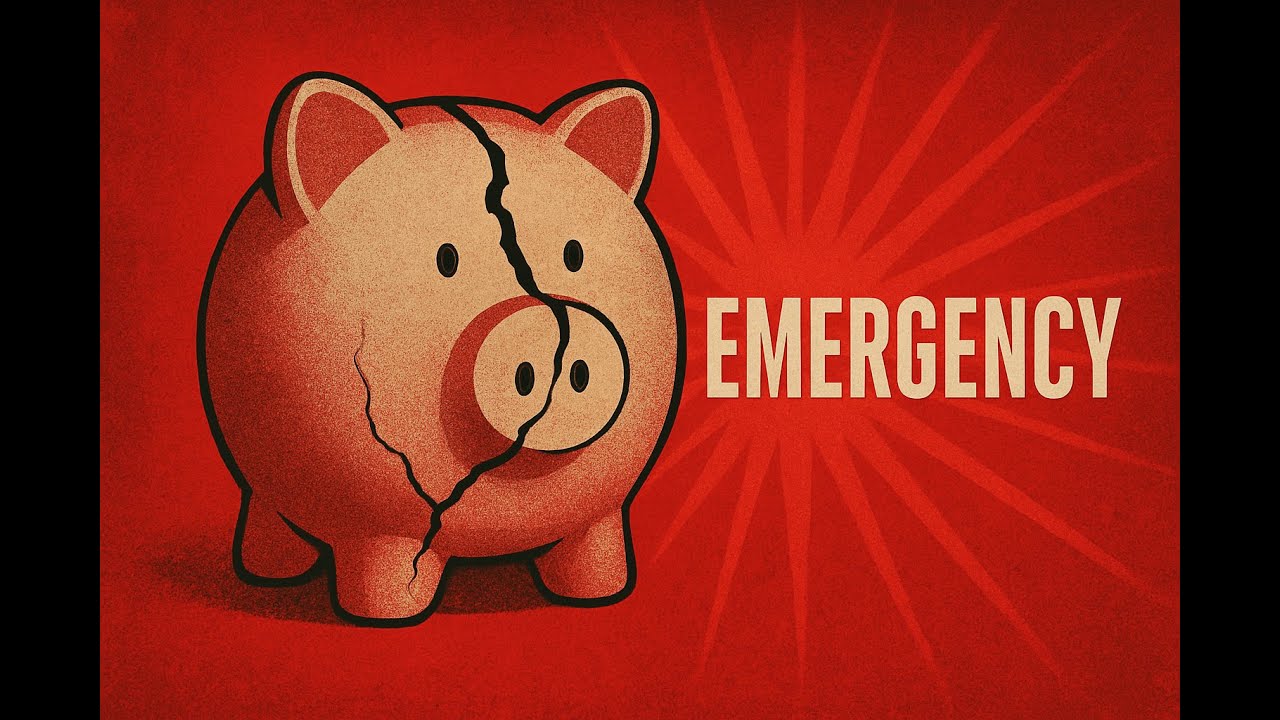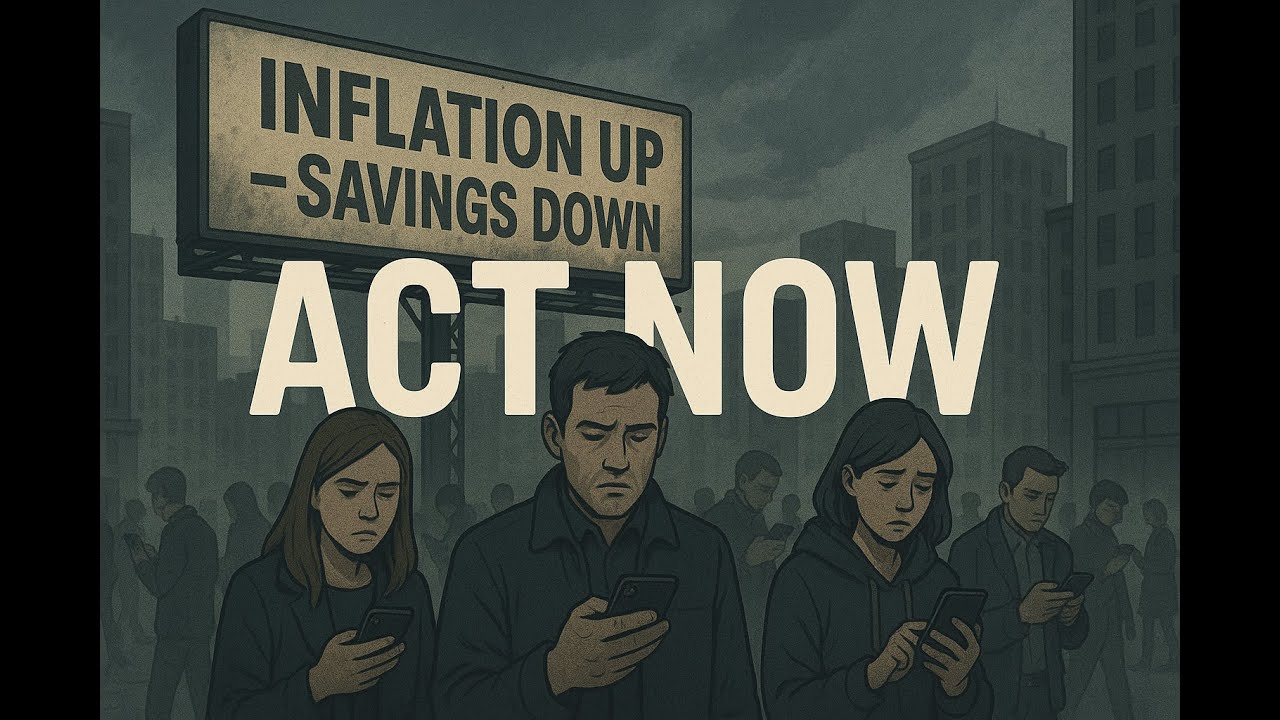The Budget Myth That Steals Your Freedom: How to Start Investing with Any Amount
Discover how fractional shares and micro-investing apps allow you to start building wealth with just spare change. Learn why waiting for a big budget is a myth and how to invest effortlessly now.
Loading video...
The Budget Myth That Steals Your Freedom: How to Start Investing with Any Amount
Many people believe the biggest lie about investing: that it’s only for those with deep pockets. This outdated Budget Myth has kept millions of people on the sidelines, letting their money sit idle in savings accounts earning almost nothing. Meanwhile, inflation quietly erodes the purchasing power of that cash every year.
Fortunately, modern technology has shattered this myth. Thanks to fractional shares and micro-investing apps, you can now start building wealth with just your spare change. This article breaks down where the myth came from, how investing really works today, and why starting small is better than waiting for a large sum.
Table of Contents
🧐 The Big Investing Lie and Its Origins
For decades, many believed you needed at least a thousand dollars to buy a single share of expensive stocks like Amazon or Google. This misconception has kept more people out of the stock market than any other factor.
Here’s how investing traditionally worked: you walked into a broker’s office with your checkbook and wanted to buy IBM stock. If one share cost $120, you either had that full amount or you couldn’t buy the stock at all. No partial shares existed. Want Amazon at $3,000 per share? You needed the full $3,000 upfront.
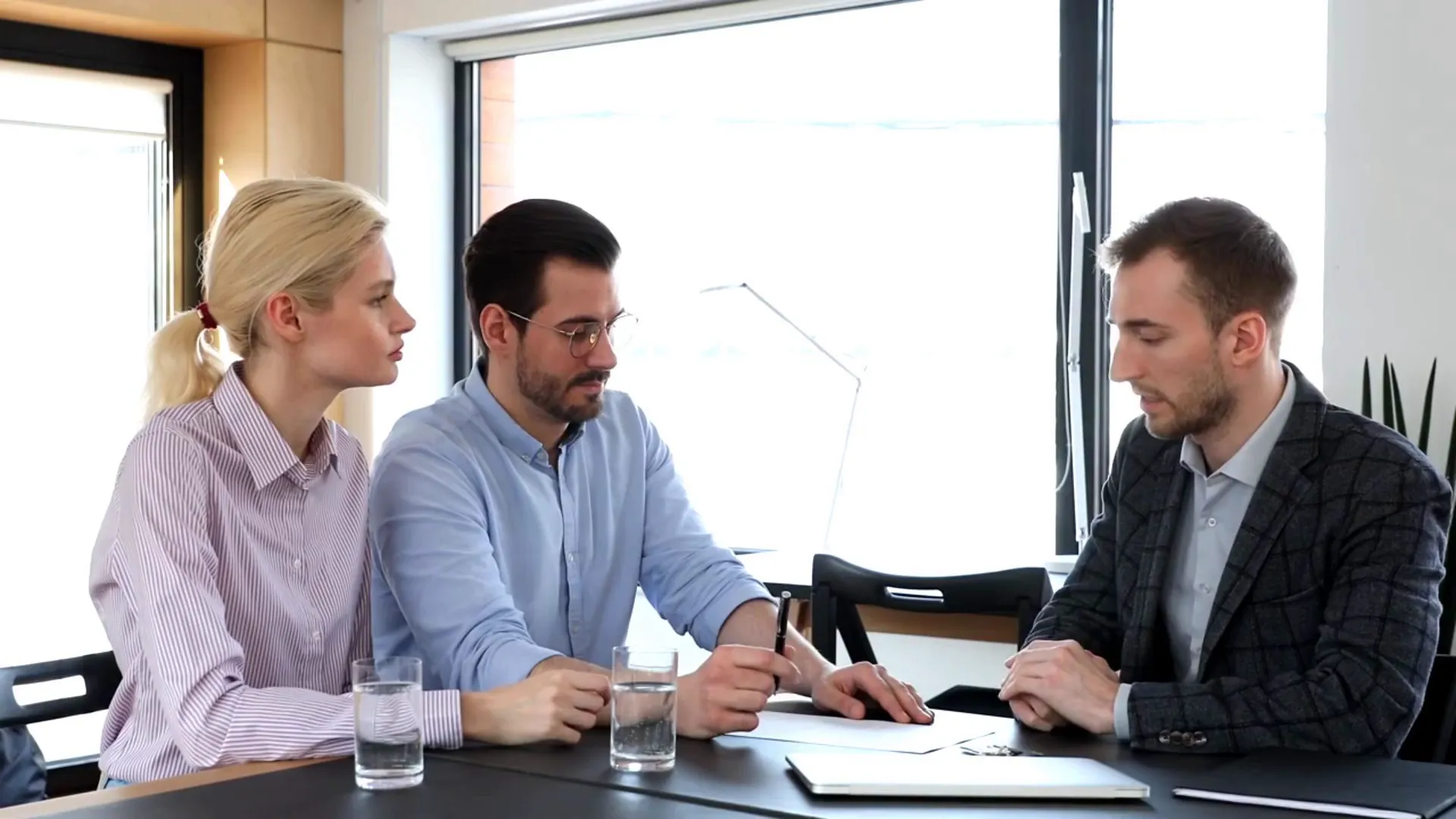
This system was like only being able to buy whole pizzas, never slices. If a fancy pizza cost $100, most people would never get to taste it because they couldn’t afford the whole pie. Meanwhile, wealthy investors bought multiple pizzas and grew richer from their slices.
This created a massive wealth gap. Early investors bought shares of Google, Apple, and Amazon when prices were low, while regular people watched from the sidelines. As these companies grew, their stock prices soared, widening the gap every year.

🍕 Fractional Shares: The Game Changer
Technology changed everything by introducing fractional shares. This innovation broke down investment barriers forever. Now, you can own a piece of any company, no matter how expensive its stock price gets. It’s like being able to buy pizza slices instead of whole pizzas.
For example:
-
Apple stock trades around $190 per share. With fractional shares, you can buy $10 worth and own a real piece of Apple.
-
Amazon costs about $150 per share. You can buy $25 worth and officially become an Amazon shareholder.
-
Google trades near $140 per share. You can invest $50 and own part of this tech giant.
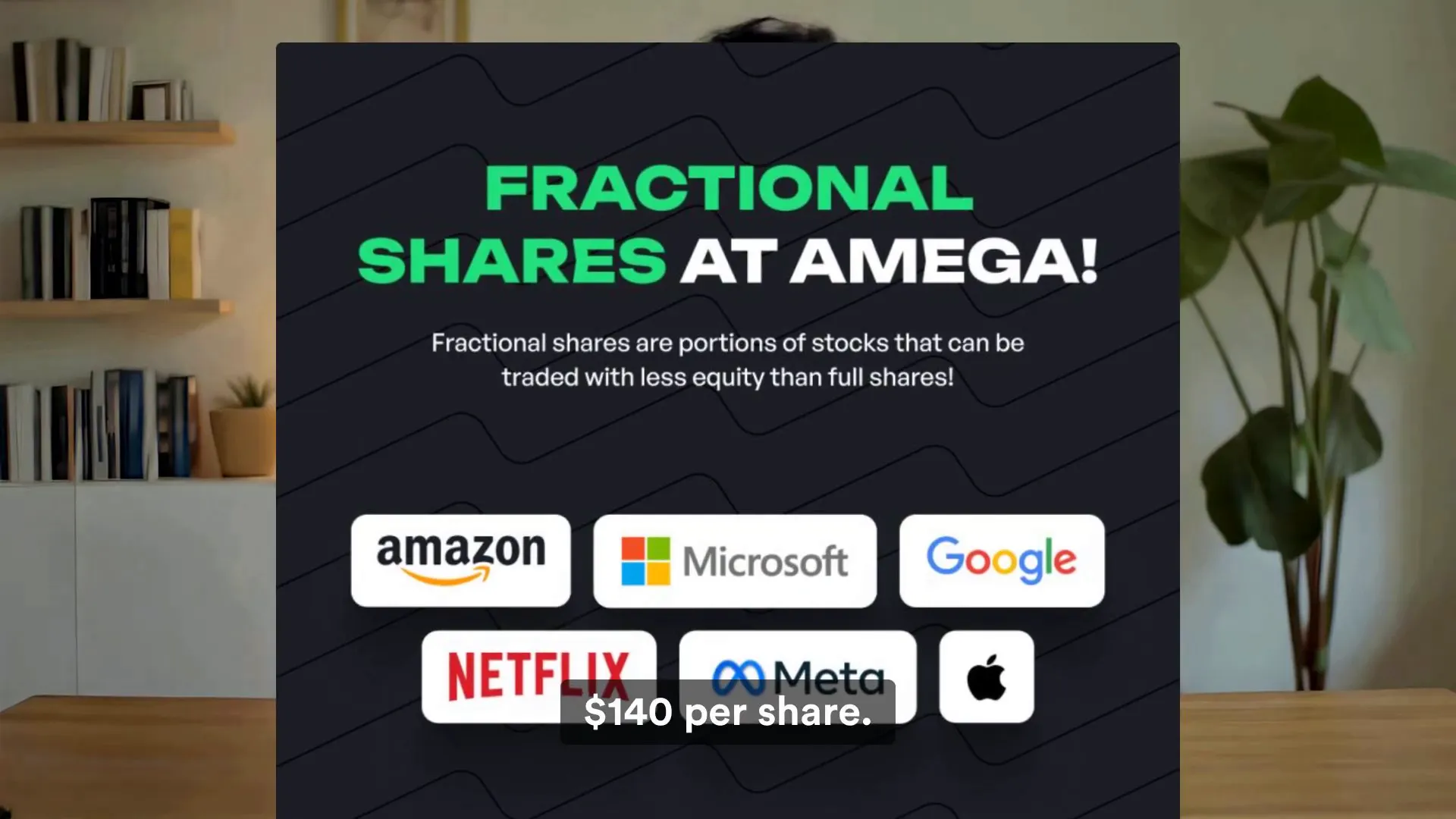
How does it work? Brokers buy whole shares and divide them among investors. You get the exact same returns as someone with a full share. If Apple stock rises 10%, your fractional share rises 10% too — no difference at all.
Major brokers like Fidelity, Schwab, and Robinhood offer fractional shares with zero fees, making investing accessible even if you only have pocket change.
💡 Why the Budget Myth Still Persists
So why do many still believe they need thousands to start investing? The answer lies in old habits and outdated information. Your parents might have learned investing when big minimum amounts were required. Financial advisors once had minimum account requirements, and many old investing books still mention these barriers as if they still apply.
Psychology also plays a role. People feel more confident investing large sums because it feels more serious. Investing $50 feels like play money, while $5,000 feels like real investing. But the truth is, your returns depend on percentages, not dollar amounts. A 10% gain on $50 is the same percentage gain as 10% on $5,000.
Starting small actually beats waiting for large amounts. Time matters more than the amount you start with. Every month you wait costs you potential returns. The stock market treats every dollar the same, whether it’s $20 or $20,000.
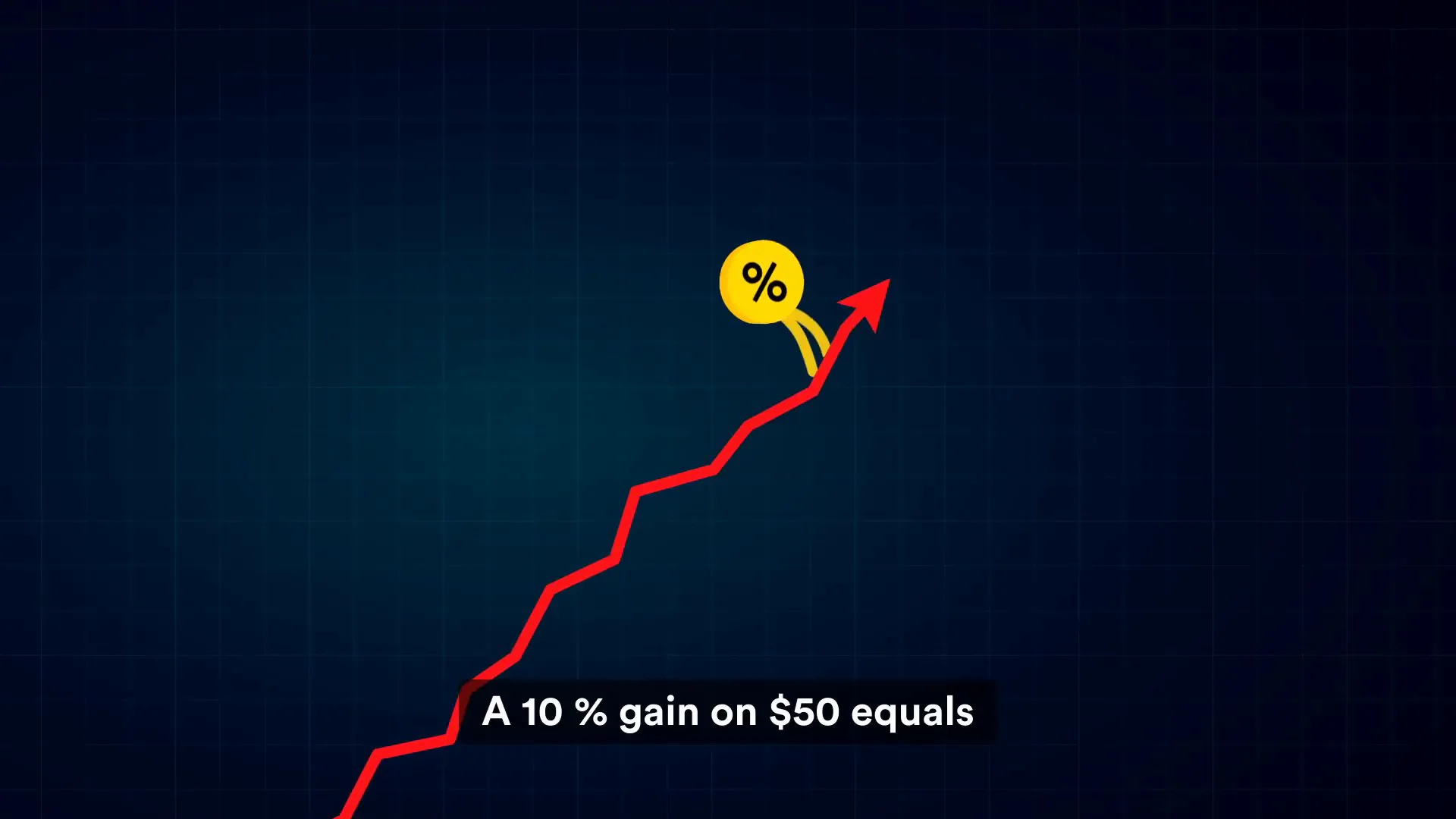
📱 Micro-Investing and Automation: Investing Made Effortless
It gets even easier: you don’t need to pick stocks or decide how much to invest. Apps like Acorns and Stash make micro-investing a reality by turning everyday spending into wealth building.
Here’s how micro-investing apps work:
-
They connect to your debit or credit card.
-
Every time you make a purchase, the app rounds up to the nearest dollar.
-
The extra change is automatically invested in the stock market.
For example, buy a coffee for $4.30, and the app rounds up to $5.00, investing the extra $0.70 without you even noticing. It’s like finding lost change in your couch cushions — but this time, it’s put to work growing your money.
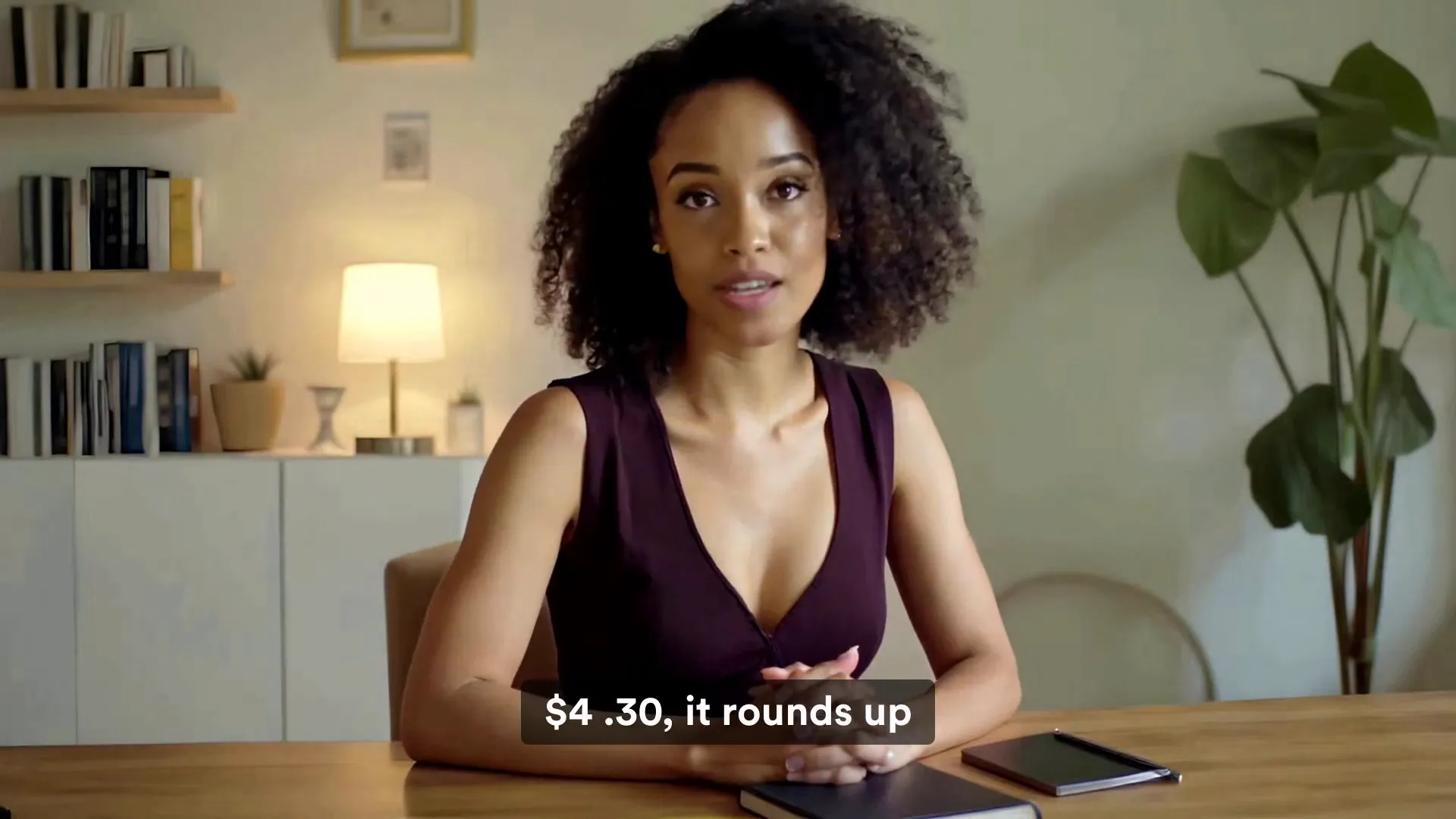
Most people spend more on streaming services than they think they can invest. Netflix costs $15/month, Disney+ $8, Spotify $10 — adding up to $33 a month for entertainment alone. Yet many say they can’t afford to invest, not realizing they lose spare change daily.
Let’s break down a typical day:
-
Coffee: $4.30 → Invests $0.70
-
Lunch: $12.75 → Invests $0.25
-
Gas: $45.20 → Invests $0.80
That’s $1.75 invested from just three purchases. The average person makes about 15 card purchases a week, with each round-up averaging $0.50. That’s roughly $7.50 weekly or $30 monthly invested automatically — some even reach $50 to $100 per month just from round-ups.
🔒 Safety, Fees, and How These Apps Work
These apps don’t hold your money in random accounts. Instead, they partner with established investment firms and FDIC-insured banks. Your funds go into real mutual funds or ETFs that hold actual stocks and bonds, and you own fractional shares just like any other investor.
Security is a priority. These platforms use bank-level encryption, don’t store your banking passwords, and only see transaction amounts without details of what you bought. Your investments are protected by SIPC insurance, just like traditional brokerage accounts.
Fees vary but remain reasonable for small accounts:
-
Acorns charges $1 to $5 per month depending on the plan.
-
Stash costs $1 to $9 monthly based on features.
-
Some platforms charge a small percentage of your balance instead.
Fees become less significant as your account grows. You can access your money when needed, though selling investments and transferring funds back to your bank takes a few days. These accounts aren’t for emergency funds but for long-term savings that grow as you live your normal life.

⏳ The Power of Starting Small and Compound Interest
The true magic happens when small amounts compound over time. That $0.70 coffee roundup can grow into something much bigger than you’d expect. Time transforms tiny investments into serious wealth.
Here’s the final insight that changes everything: starting with $25 today beats waiting five years to invest $500. Compound interest means your money grows on top of previous growth.
For example, someone who starts investing $2,000 per year at age 25 could have $560,000 by retirement, assuming an 8% average annual return. Wait until age 35 with the same amount, and you’d end up with only $245,000 — less than half.
🚀 Your Challenge: Take Action Today
The biggest investment companies want your business regardless of how much you start with. Don’t let the Budget Myth steal another month of growth from your future wealth.
Your challenge is simple:
-
Download a micro-investing app like Acorns, Stash, or Capital.
-
Open a fractional share account with a major broker.
-
Start investing with whatever amount you have right now — even if it’s just a few dollars.
Remember, every dollar counts, and time is your greatest ally. Drop a comment below and share what small amount you’ll invest first — let’s start building wealth together!
❓ Frequently Asked Questions about the Budget Myth and Investing
Do I really need thousands of dollars to start investing?
No. Thanks to fractional shares and micro-investing apps, you can start investing with just a few dollars. You don’t need to buy whole shares anymore.
What are fractional shares?
Fractional shares allow you to own a portion of a stock rather than a full share. This means you can invest any amount of money and still own part of expensive stocks like Apple or Amazon.
Are micro-investing apps safe?
Yes. These apps use bank-level encryption and partner with insured financial institutions. Your investments are protected by SIPC insurance, similar to traditional brokerage accounts.
How do micro-investing apps work?
They link to your debit or credit card and round up purchases to the nearest dollar. The spare change is automatically invested for you, making it easy to invest without thinking about it.
Will small investments really grow my wealth?
Yes. Compound interest means your returns earn returns over time. Starting small and investing consistently can grow into significant wealth over decades.
Subscribing really helps.
Subscribe to help me create more helpful videos for everyone's benefit.
** Subscribe to @StartWithCents **
🚀 Ready to Build Real Wealth?
You've learned the strategy – now it's time for action!
🎬 Get Weekly Financial Education
Join thousands learning smart money strategies that actually work.
📺 Subscribe to @StartWithCents
💎 Download Your Free Wealth-Building Tools
Get the exclusive "First Dollar Game Plan" – your step-by-step guide to financial freedom.
📚 Continue Your Financial Journey
Explore more money-smart articles and strategies.
📖 Read More Posts • 🏠 Homepage
💡 Remember: Knowledge without action is just entertainment. Take one step today!
